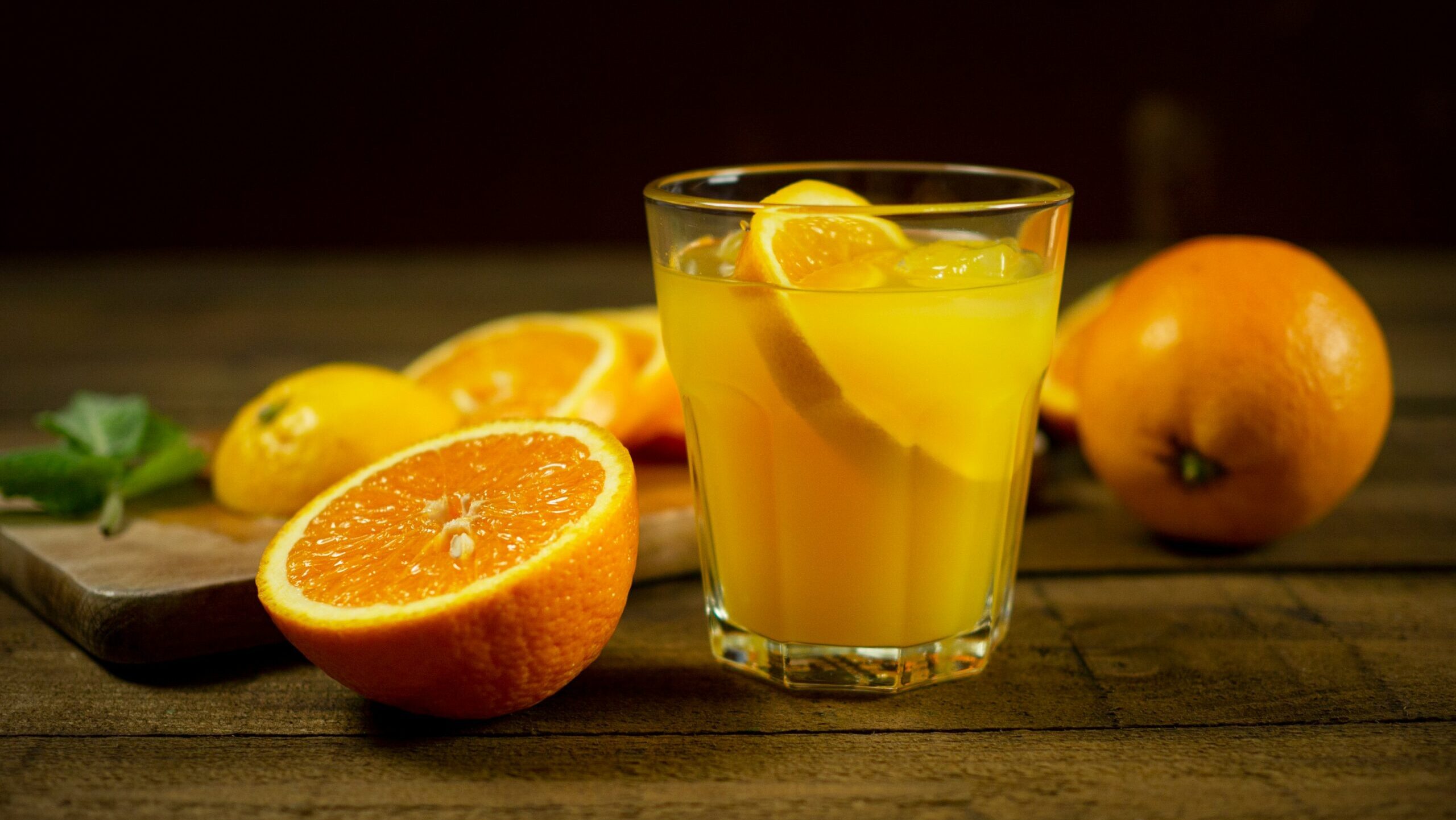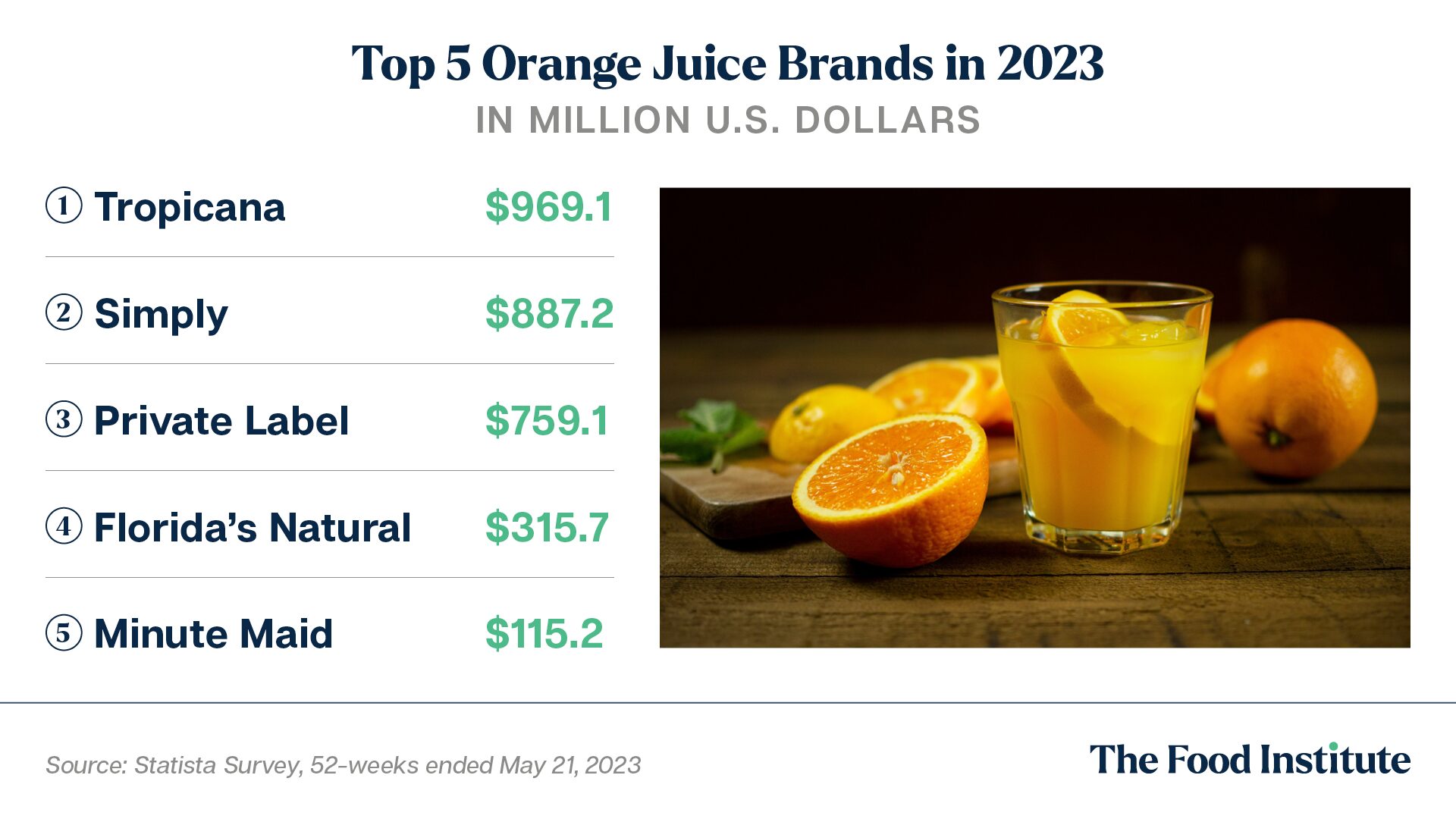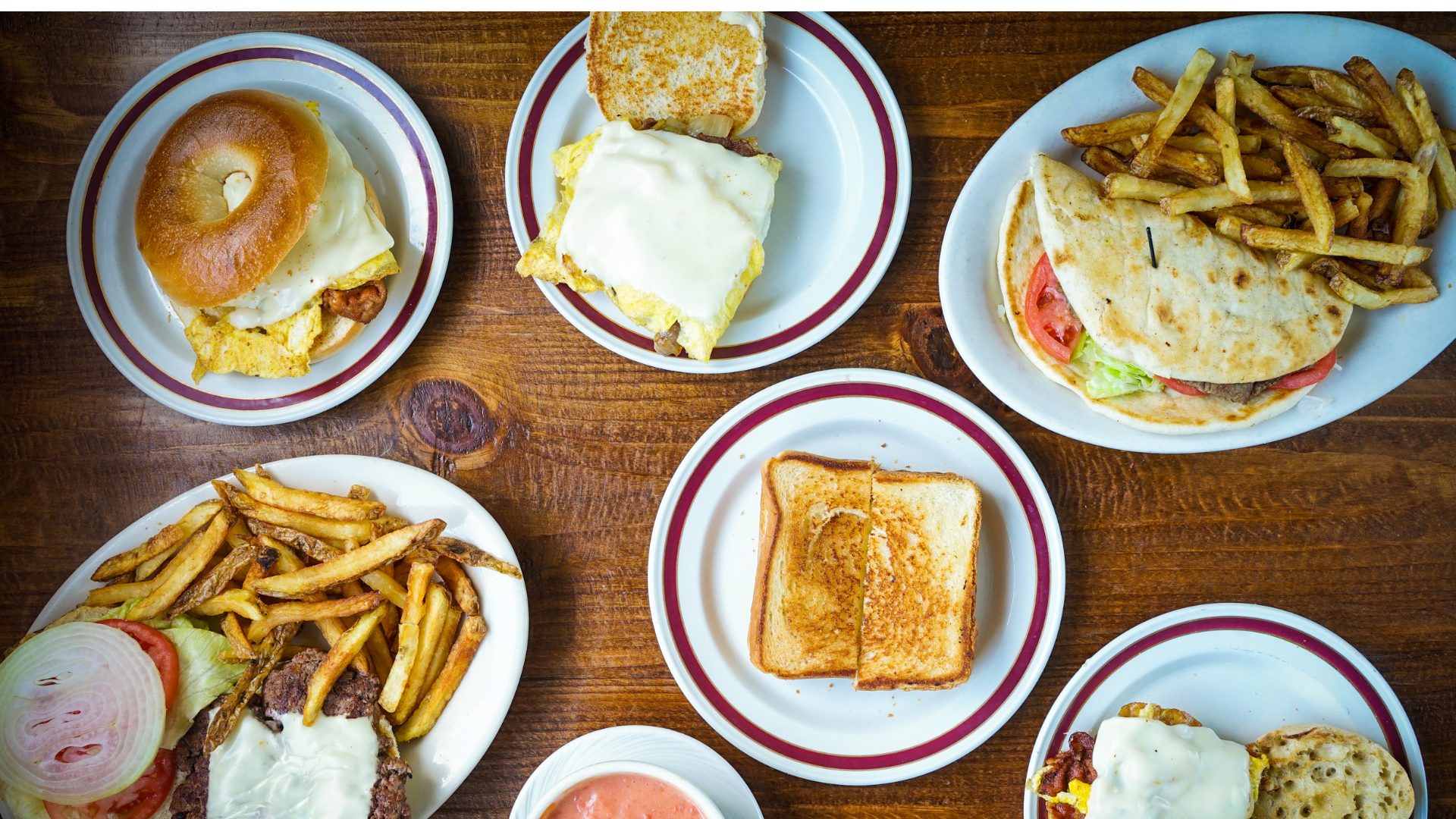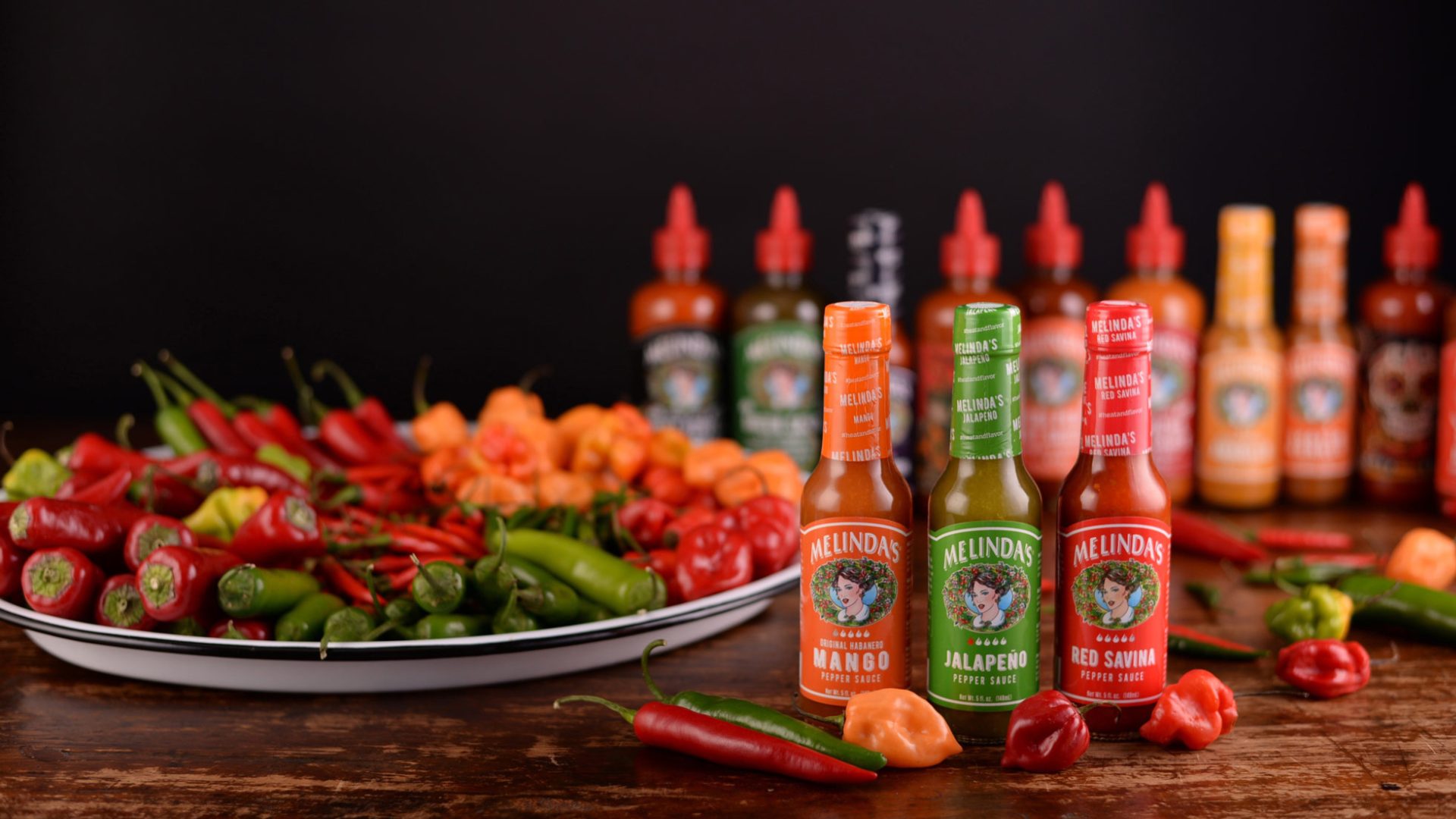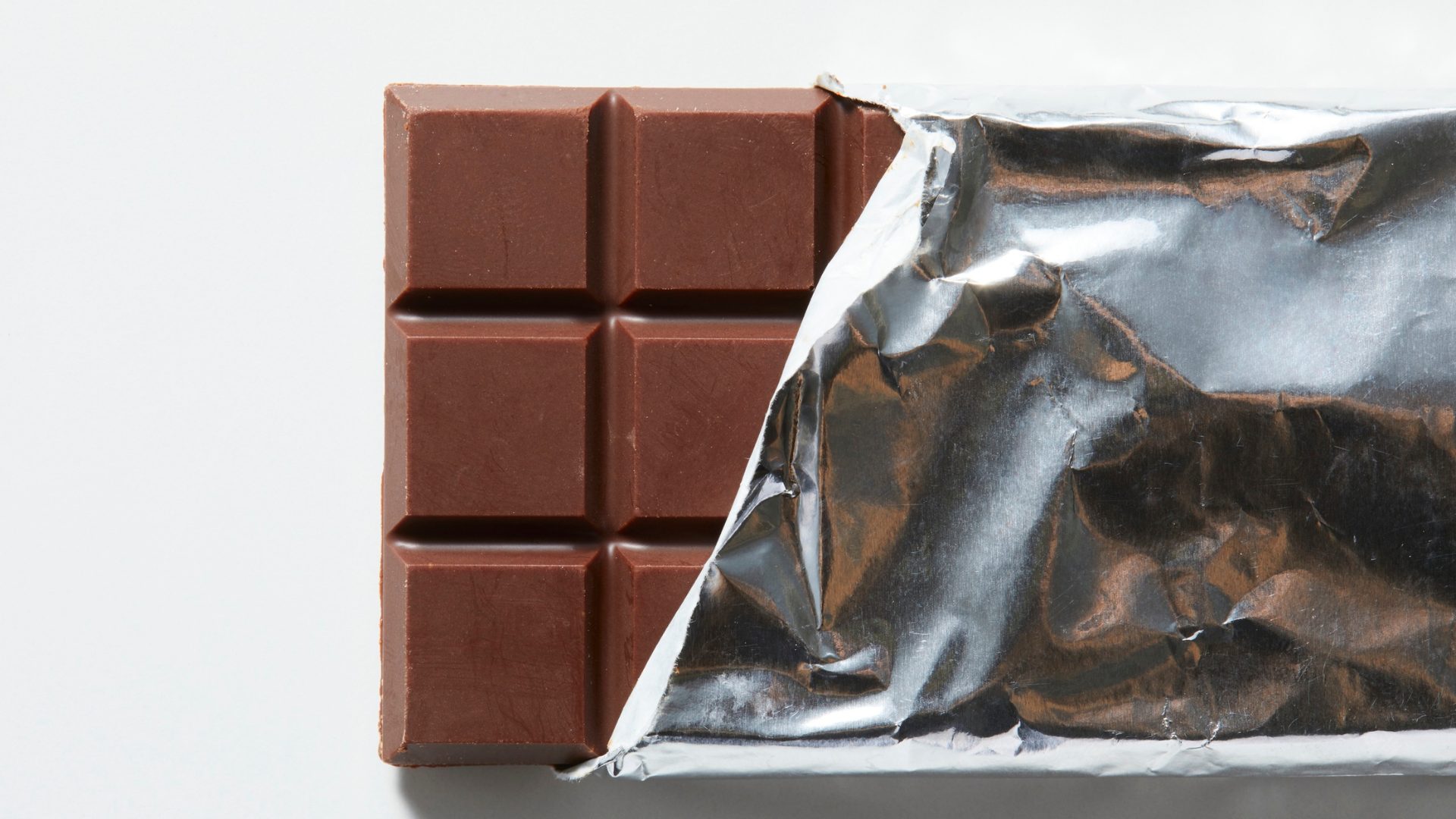Fresh orange juice producers continue to walk a fine line between supply and demand while consumer beverage preferences fluctuate widely from less sugar and plant-powered functionality to an unquenchable thirst for energy drinks.
In 2023, PepsiCo’s Tropicana brand led refrigerated orange juice dollar sales at retail, per Statista, while Coca-Cola’s Simply line pulled a close second. Meanwhile, private-label offerings are giving both major players a run for their money.
“The juice category, with fresh OJ at the center, has experienced years of pressure,” said Hunter Thurman, President of insights and strategy firm Alpha-Diver. “The culprit is generally perceived to be its relatively high-calorie and sugar content; as a result, most innovation has centered around sugar reduction, such as Trop50, now Tropicana Light.”
While sugar reduction makes sense, Thurman observed that categories and brands that are perceived to help people “feel better, right now” have benefitted in recent years, enabling full-calorie categories like energy drinks to thrive.
Per Circana, dollar sales for the refrigerated juice subcategory reached $3.9 billion in the 52-weeks ending March 17, while energy drink sales hit $7.4 billion.
“All roads do not lead to ‘less of the bad,’ ” Thurman said. “Consumer decisions are very often driven by ‘more of the good,’ centered around a really positive experience that helps one feel better.”
Broader OJ Market Considerations
According to Carol Plisga, an independent consultant and global juice market veteran, OJ continues to be consumers’ go-to juice for immunity and nutritional benefits, even with recent publicity related to sugar and obesity.
“The major challenge for producers is how to keep up with demand, which is showing stability even with higher prices,” Plisga told The Food Institute.
Overall, orange juice consumption has declined over the past 10 years while futures have more than doubled during the same period.
Per Nielsen data published February 24, the average price per gallon for 100% OJ is $9.53 compared to $8.81 a year ago and a little over $7.00 back in 2018-2020.
“Combined production in this same 10-year span has dropped 17%,” said Plisga. “However, production in 7 of the 10 years has been below consumption level creating a global shortage, hence increase in prices.”
Global orange juice production has been impacted by weather, and more significantly, by a bacterium commonly known as citrus greening disease, which infects and eventually kills trees.
Competition for Shelf Space is High
For beverage companies struggling to find supply to meet their 100% OJ sales, one option is to market a multi-juice that combines OJ with other juices.
“The risk with this approach is losing sales to 100% OJ which is preferred by the consumer,” says Plisga.
An added challenge for brands is that space is always at a premium in refrigerated, Anne-Marie Roerink of 210 Analytics told FI.
“This means retailers pay close attention to where brands are so strong that they need to double up on space between manufacturer and store brands, or, if private-brand penetration is such that they can build out an entire set of own-brand OJ,” said Roerink, adding that brand-based decisions and ideal mix also differ by region and shopper income levels.
Keeping Fresh OJ Relevant to Consumers
With the constant proliferation of new beverages, Thurman believes that traditional fresh OJ’s struggle to drive and maintain relevance among consumers will be ongoing, with this question being top of mind:
“Why would I choose OJ when there are a million alternatives constantly shouting for attention and share of sipping?”
Roerink believes bringing orange juice into more parts of the store — like freshly-pressed offerings in the produce department — is one opportunity to boost sales.
Retailers are also ramping up cross-merchandising sets by daypart, bringing together items such as bacon, breakfast sausage, hashbrowns, and orange juice.
“Consumers who regularly purchase deli-prepared foods for breakfast and lunch want to see a broader set of single-serve beverages close to the grab-and-go set,” said Roerink, adding that cross-merchandising is also very popular with consumers given the instant meal ideas.
From a marketing perspective, Thurman suggests that brands look for innovation beyond the bottle to drive engagement and relevance that is centered around consumers’ emotional needs. For example, Tropicana’s “Drink in the Brightness” messaging, and their tagline of “Bottled Sunshine Since 1947,” align with the macro-consumer drive to “feel better fast.”
Given the consumer perception of OJ being “good for the family”, marketers can also pursue promotions like TikTok challenges where parents and kids invent OJ-based smoothie recipes and enjoy them together.
“Now suddenly OJ is not a sensible beverage, but rather the center of a feel-good, stress-relieving experience,” Thurman concluded. “Whether in OJ, or beyond, brands that provide that will continue to thrive.”


